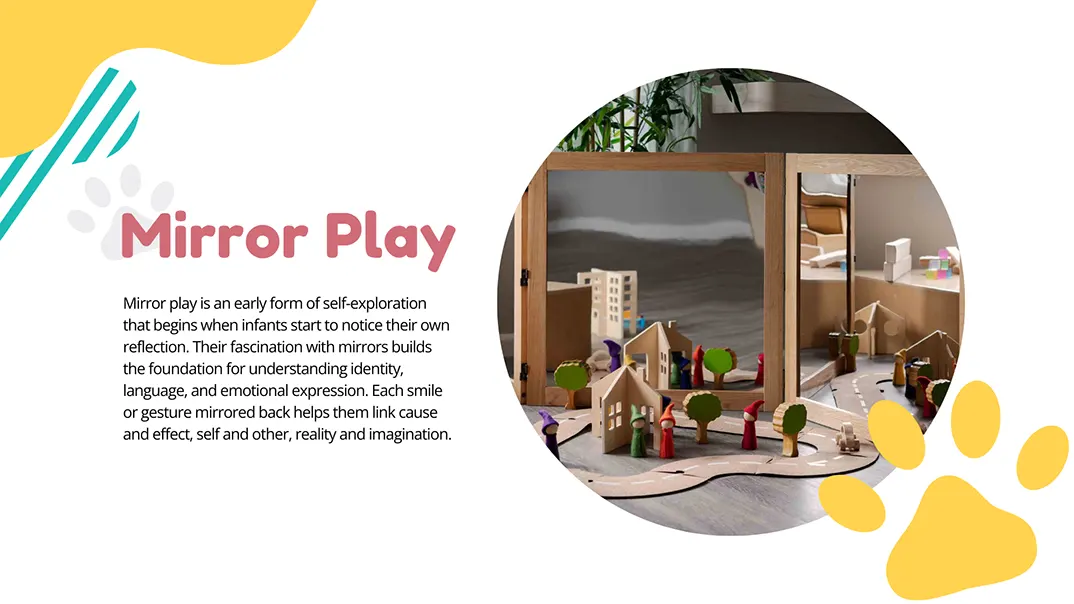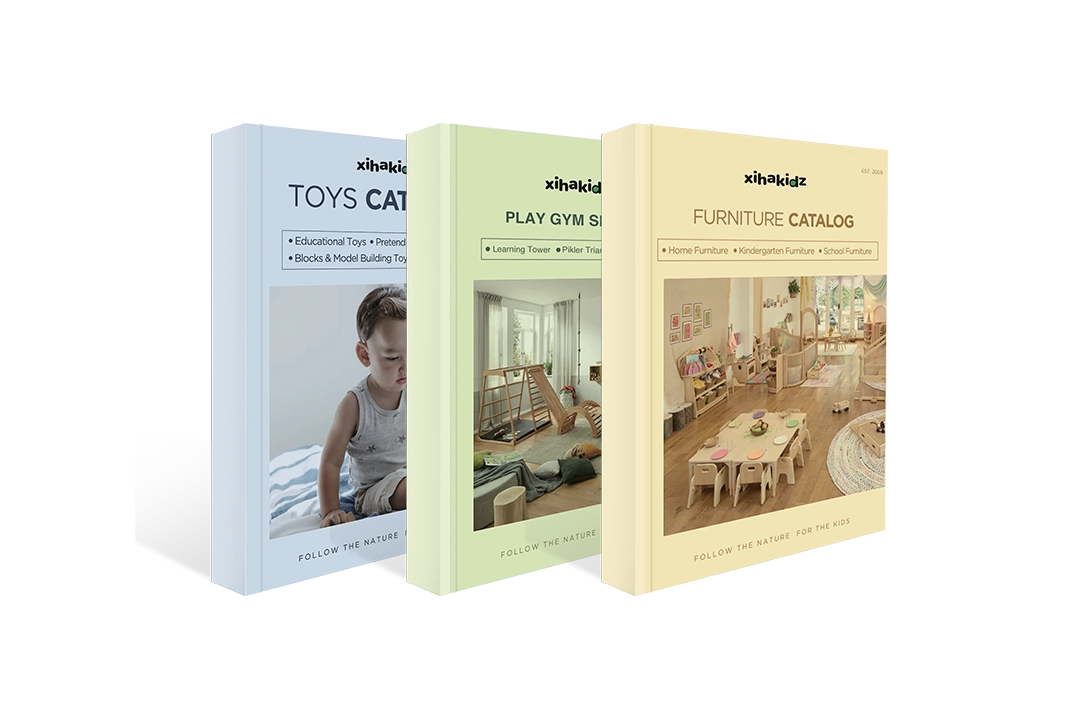Many classrooms around the world still strictly separate children by age. But do all children of the same age learn in the same way or at the same pace? Clearly not. This traditional model often overlooks the diverse learning styles and developmental stages that exist within any age group.
The multi-age classroom is redefining how we think about learning and development. This model brings together children from different age levels in one room, encouraging natural mentoring, individual growth, and collaborative problem-solving. It moves away from the rigid expectations of grade-level standards and allows for greater flexibility and creativity.
Are you ready to learn how a multi-age classroom can transform the way children grow and succeed in school? Let’s take a closer look at what makes this approach so powerful.
What Is a Multi-age Classroom?
A multi-age classroom is an educational setting where children of different ages and developmental levels learn together in the same environment. Instead of grouping students strictly by birth year or grade level, this approach organizes them based on their learning stage, interests, and individual readiness. The goal is to create a dynamic community where every child learns at their own pace while contributing to the growth of others.
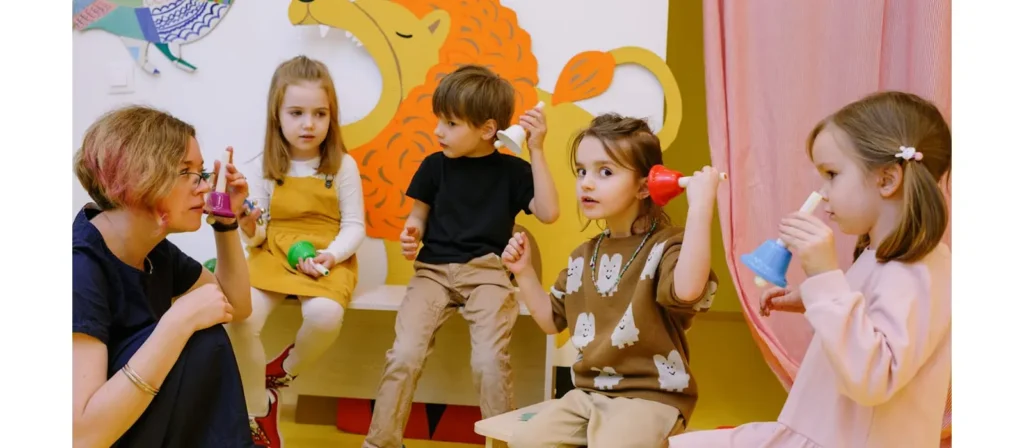
The Historical and Educational Background of Multi-age Classroom
The concept of the multi-age classroom has deep roots in the history of education. Before the widespread development of formal schooling systems, small community or village schools often combined children of many ages in a single room. These early classrooms naturally evolved into mixed-age learning environments, where one teacher guided all students through a range of subjects. Older children often assisted younger ones, creating a cooperative atmosphere that encouraged shared responsibility and practical learning.
In the early twentieth century, progressive educators began to view mixed-age learning as more than a practical necessity. Influential thinkers such as Maria Montessori and John Dewey emphasized the importance of social interaction, experiential learning, and developmental readiness. Montessori, in particular, built her educational model around the idea that children learn best in environments that respect their individual pace and encourage collaboration between age groups. Her classrooms remain one of the clearest modern examples of successful multi-age learning.
As educational theory advanced, the multi-age classroom gained support from developmental psychology. Researchers such as Jean Piaget and Lev Vygotski demonstrated that children progress through stages of cognitive growth and benefit from social interaction with peers at different levels of understanding. These findings provided a strong theoretical foundation for integrating mixed-age structures into modern early childhood and elementary education.
Key Characteristics of a Multi-age Classroom
- Mixed-Age Grouping: Children from two or more age groups share the same classroom, often spanning two to three traditional grade levels (e.g., ages 4 to 6, or grades 1 to 3).
- Flexible Curriculum: Instruction is tailored to each child’s developmental stage rather than a one-size-fits-all curriculum based on age.
- Peer Learning and Mentoring: Older students often take on leadership or mentoring roles, while younger children benefit from observing and learning alongside more experienced peers.
- Teacher as a Facilitator: Educators guide learning through observation, differentiated instruction, and individual goal setting, rather than delivering uniform lessons to the entire class.
- Emphasis on Continuity: Students often remain with the same teacher for more than one year, which builds stronger relationships and a deeper understanding of each child’s needs.
Benefits of a Multi-age Classroom
The multi-age classroom offers a range of educational, social, and emotional benefits that set it apart from traditional, single-grade learning environments. By grouping children of different ages and developmental stages, this model creates a more dynamic, personalized, and inclusive setting where each student can thrive. The benefits are not only academic but also deeply rooted in real-world learning and interpersonal growth.
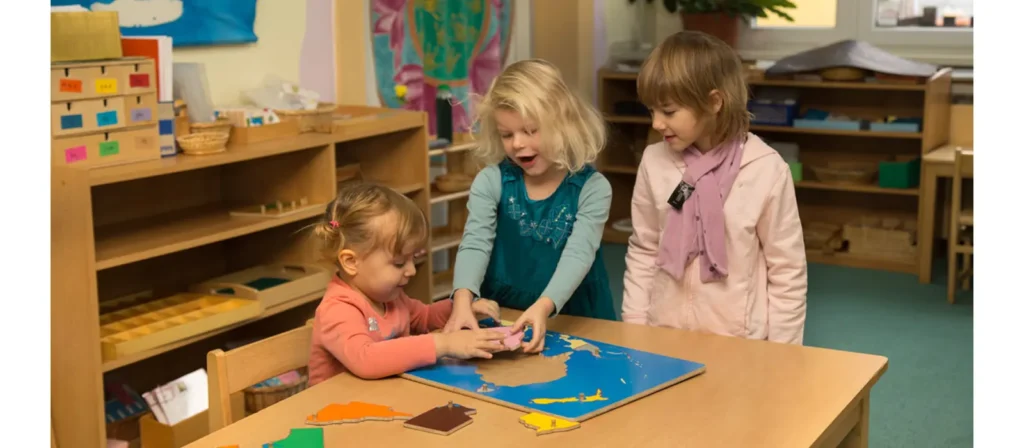
1. Academic Growth and Cognitive Development
In a mixed-age classroom, children learn through both direct instruction and peer interaction. Younger students observe advanced concepts demonstrated by older classmates, while older students strengthen their understanding by explaining and modeling skills. This natural exchange of knowledge deepens comprehension and encourages a growth mindset. Students are free to move forward at their own pace, which prevents both boredom and frustration.
2. Social and Emotional Development
Mixed-age learning environments promote empathy, patience, and mutual respect. Children develop meaningful friendships across age levels and learn to cooperate instead of compete. This sense of belonging helps them build confidence and emotional resilience. The classroom becomes a small community where every child feels valued and supported.
3. Leadership and Responsibility
Older students naturally take on leadership roles as mentors and helpers. Guiding younger peers allows them to practice responsibility, communication, and problem-solving. Meanwhile, younger children benefit from having approachable role models who inspire them to improve. This dynamic builds a cooperative spirit that strengthens classroom harmony.
4. Individualized Learning Experience
Teachers in a multi-age classroom focus on individual progress rather than uniform standards. Lessons are adapted to each child’s readiness level, interest, and ability. This flexibility allows children to master foundational skills before moving on and to explore topics that match their curiosity. It also reduces pressure related to age-based expectations or competition.
5. Long-term Relationships and Continuity
Many multi-age classrooms allow students to remain with the same teacher for several years. This continuity creates a deep understanding of each child’s learning style and emotional needs. The result is a stable and trusting relationship that supports consistent growth and long-term academic achievement.
6. A Culture of Collaboration and Community
The multi-age approach fosters a sense of shared purpose. Students learn to appreciate differences, celebrate achievements together, and view learning as a collective journey. This inclusive culture builds social awareness and prepares children to thrive in diverse communities beyond school.
Découvrez notre gamme complète de produits
Accédez à notre catalogue complet comprenant des meubles et des équipements de jeu de qualité supérieure pour les jardins d'enfants et les écoles.
What Type of Schools Use Multi-age Classrooms?
Multi-age classrooms are found in a variety of educational settings, each adopting this approach to better support student growth, engagement, and development. While the model may not be as common as traditional age-based grouping, it is embraced by several types of schools across both public and private education systems.
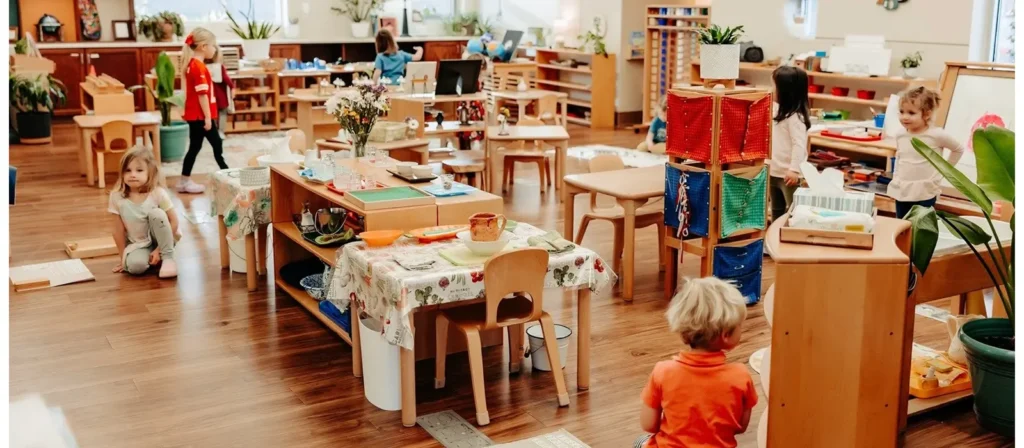
1. Montessori Schools
Éducation Montessori is one of the most recognized models that uses the multi-age classroom approach. Dr. Maria Montessori believed that children thrive when they can learn alongside peers of different ages. Most Montessori classrooms include students across a three-year age span, such as ages three to six or six to nine. This allows students to progress at their own pace while developing leadership and collaboration skills. The learning environment is carefully prepared to encourage independence and exploration, which aligns with the principles of multi-age education.
2. Reggio Emilia-Inspired Schools
Schools influenced by the Reggio Emilia philosophy often use flexible, project-based learning structures that naturally lead to mixed-age groupings. Although not all Reggio Emilia settings adopt formal multi-age classrooms, the emphasis on peer collaboration, shared inquiry, and child-led exploration supports many of the same outcomes as the multi-age model.
3. Waldorf Schools
Waldorf schools also support developmental learning, and many of their early childhood programs group children between the ages of three and six in the same class. This structure reflects the belief that young children benefit from a family-like atmosphere, where they can learn through play, imitation, and meaningful relationships. Some Waldorf elementary programs also use multi-grade classrooms to promote continuity and social learning.
4. Rural and Small Community Schools
In rural or remote areas with small student populations, multi-age classrooms are often implemented out of practical necessity. These schools may combine multiple grade levels in one classroom due to limited staff or resources. While this model is sometimes seen as a logistical solution, many educators in these environments report strong academic and social outcomes for students.
5. Progressive and Alternative Schools
Progressive and alternative schools often adopt the multi-age classroom model intentionally. These schools focus on personalized learning, creativity, and emotional development rather than standardized testing or rigid grade-level expectations. By using mixed-age settings, they create flexible environments where students can grow based on their readiness and interests.
6. Homeschool Cooperatives and Micro-Schools
Homeschool groups and emerging micro-school communities frequently use mixed-age learning environments. These settings naturally bring together children of various ages, with learning guided by individual goals and interests. Parents or facilitators typically serve as learning guides, offering support and resources without relying on age-based curriculum.
Challenges and Considerations in Mixed-Age Classrooms
While multi-age classrooms offer many developmental and educational benefits, they also present unique challenges that require thoughtful planning, flexible teaching strategies, and strong classroom management. Understanding these potential difficulties helps educators and parents set realistic expectations and implement effective support systems.

1. Curriculum Planning Complexity
Designing a curriculum that meets the needs of children at different developmental stages can be demanding. Teachers must differentiate instruction to accommodate a wide range of skills, learning speeds, and interests. This requires more preparation time and careful scaffolding to ensure that all students are appropriately challenged and supported.
2. Balancing Peer Interactions
While peer learning is a strength of the multi-age model, managing the dynamics between older and younger students can be complex. Teachers must ensure that mentorship occurs naturally and positively, without placing too much responsibility on older students or allowing younger ones to become overly dependent on their peers.
3. Assessment and Progress Tracking
Traditional grading systems do not always align with the goals of a mixed-age classroom. Assessing student growth based on individual benchmarks rather than grade-level standards can be difficult in schools that still require standardized reporting. Teachers need to develop flexible evaluation methods that reflect each student’s progress over time.
4. Classroom Management Challenges
With a wider range of maturity levels and behavior patterns, classroom management can become more nuanced. Activities, routines, and expectations must be clearly communicated and adaptable. Teachers must also create a learning environment where all children feel included and supported, regardless of age.
5. Misconceptions from Parents or Administrators
Not all families or school leaders are familiar with the benefits of multi-age education. There may be concerns about academic rigor, social development, or fairness. Educators often need to spend time communicating the philosophy, goals, and proven outcomes of mixed-age learning to gain broader support.
6. Teacher Training and Experience
Teaching in a multi-age classroom requires specialized skills in differentiation, classroom organization, and emotional responsiveness. Not all educators receive adequate training for this model. Ongoing professional development and peer collaboration are essential for long-term success.
Effective Strategies to Ensure Mixed-age Classrooms Foster Success
Successfully implementing a mixed-age classroom requires more than just combining children of different ages into one space. It calls for planning, skilled educators, a well-designed learning environment, and strong communication with families. The following strategies help schools build an inclusive, developmentally appropriate, and sustainable multi-age learning experience.
1. Design Environments That Support All Ages and Abilities
The physical space plays a crucial role in determining the effectiveness of a mixed-age classroom. Children at different stages have different mobility, sensory, and care needs. The environment must be both safe and stimulating, offering zones that meet the diverse developmental requirements of infants, toddlers, and preschoolers.
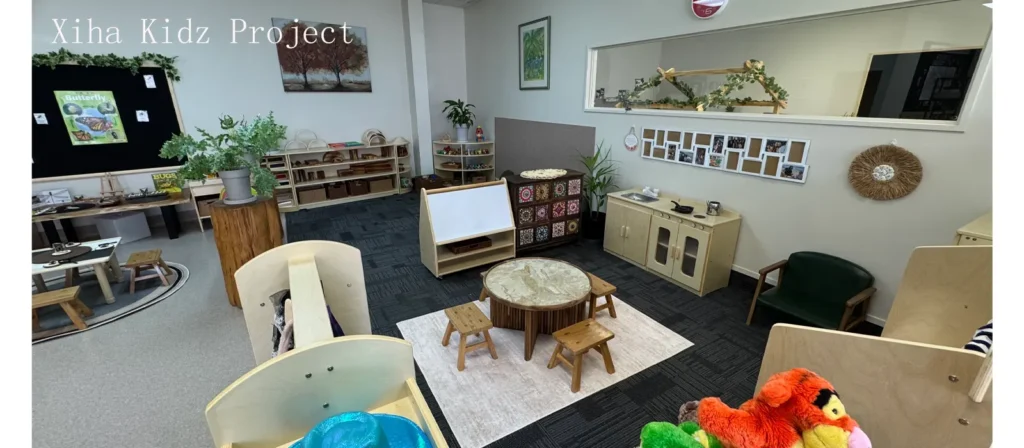
- Areas for routine care across age groups, such as diapering, toileting, and bottle or table feeding.
- Protected zones for non-mobile infants to safely lie down, observe, or rest.
- Open spaces for gross motor activities like crawling, walking, or climbing for older children.
- Furniture and materials that are accessible and safe for children at different heights and mobility levels.
- Visibility across the room to allow staff to supervise all children effectively without physical barriers.
- Defined spaces that reduce overstimulation and give children the ability to focus or self-regulate.
Transformez votre salle de classe avec des solutions de mobilier personnalisées
2. Develop a Flexible and Layered Curriculum Design
One of the most complex yet critical components of a successful multi-age classroom is curriculum design. Unlike traditional classrooms that follow a fixed, grade-specific scope and sequence, mixed-age environments require a more flexible, layered approach. The curriculum must accommodate varying developmental levels, learning speeds, and interests
- Use thematic and project-based learning that allows students to explore content at different depths. For example, a nature unit might include sensory play for toddlers, observational drawing for preschoolers, and journaling or basic research tasks for older children.
- Plan open-ended activities that allow for multiple outcomes, so children can participate at their own level. This could include storytelling, construction, or art projects with adaptable complexity.
- Establish core learning goals for each developmental stage within the same classroom, ensuring that instruction remains purposeful and inclusive.
- Utilize learning centers or zones that are differentiated by ability, interest, or learning style, allowing children to choose tasks that suit their readiness while working within the same overall topic.
- Rotate materials and extend challenges for older or more advanced students to keep them engaged, while maintaining familiarity and repetition for younger learners.
3. Promote Positive Peer Interaction Without Pressure
Older students in a multi-age classroom can become role models and mentors for their younger peers. This mentoring dynamic not only reinforces the older child’s learning but also strengthens leadership, empathy, and communication skills. For younger students, working with older classmates builds confidence and provides real-time examples of more advanced learning and behavior. Teachers should intentionally cultivate these relationships through group work, buddy systems, and collaborative projects.
However, this dynamic should be carefully guided to avoid burdening older students or creating dependency among younger ones.
4. Strengthen Teacher Preparation and Professional Development
Teachers are at the heart of any successful multi-age classroom. Their ability to observe, adapt, and guide students across multiple developmental stages is essential. Educators must understand how to support individual growth while also fostering group cohesion. This demands more than general training; it requires deep knowledge of child development and differentiated instruction.
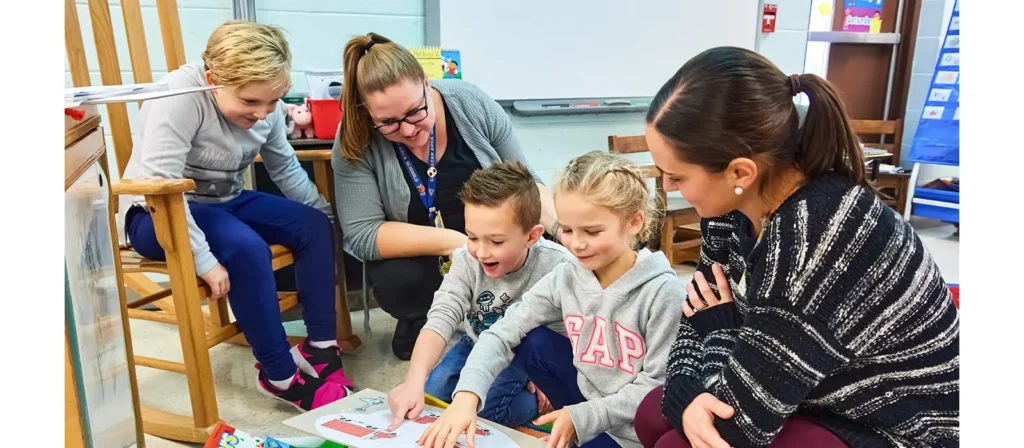
To prepare teachers for this role, schools should:
- Select educators who demonstrate flexibility, curiosity, and a collaborative mindset.
- Provide targeted training on developmental milestones, classroom organization, and emotional regulation for different age groups.
- Help staff understand that caring for infants involves very different physical and emotional demands than supporting toddlers or preschoolers.
- Encourage reflective practice, allowing teachers to refine their strategies based on real-time observations.
- Offer ongoing peer collaboration and mentorship within the teaching team.
- Recognize that even enthusiastic teachers may need time to fully adapt to and fully embrace the mixed-age model.
5. Introduce Mixed-age Grouping Gradually
Rather than reorganizing the classroom overnight, schools can pilot the mixed-age approach in stages. Begin with part-day groupings or shared activities between age levels to identify areas of strength and improvement. This phased method allows teachers, children, and families to become familiar with the structure and dynamics before full implementation.
6. Communicate Clearly with Families
Family support is vital in helping students succeed in a multi-age classroom. Parents may be unfamiliar with the model, so consistent communication is key. Teachers should explain the benefits, share regular progress updates, and provide examples of how the multi-age structure supports each child’s growth. Involving families in classroom activities, conferences, and curriculum planning builds trust and strengthens the home-school connection.
7. Reflect, Adapt, and Evolve the Classroom Environment
No two multi-age classrooms are the same, and successful ones are always evolving. Teachers should regularly reflect on what is working and adjust strategies as needed. Observation, feedback from students and families, and informal assessments can guide changes in instruction, grouping, or classroom routines. Flexibility and responsiveness help ensure that the classroom continues to meet the diverse needs of its learners.
Transformez votre salle de classe avec des solutions de mobilier personnalisées
Conclusion
The multi-age classroom is a transformative approach to education that emphasizes personalized learning, peer collaboration, and emotional development. Rather than grouping students by age alone, it celebrates the natural diversity in how children grow, think, and interact. When implemented with care and intention, this model nurtures confident, capable learners who thrive both academically and socially.
Success in a multi-age setting depends not only on teaching strategies but also on the learning environment itself. By providing thoughtfully designed furniture and developmentally appropriate toys that support mixed-age interaction, Xiha Kidz helps educators create inclusive, engaging spaces where every child feels supported and inspired.
As more educators recognize the long-term benefits of mixed-age learning, the demand for flexible, child-centered solutions will continue to grow. With the right tools, support, and mindset, schools can embrace the potential of multi-age classrooms and offer students a more personalized, respectful, and effective path to lifelong learning.


